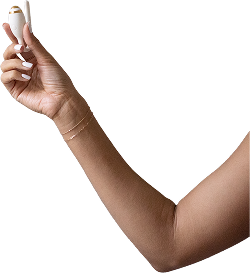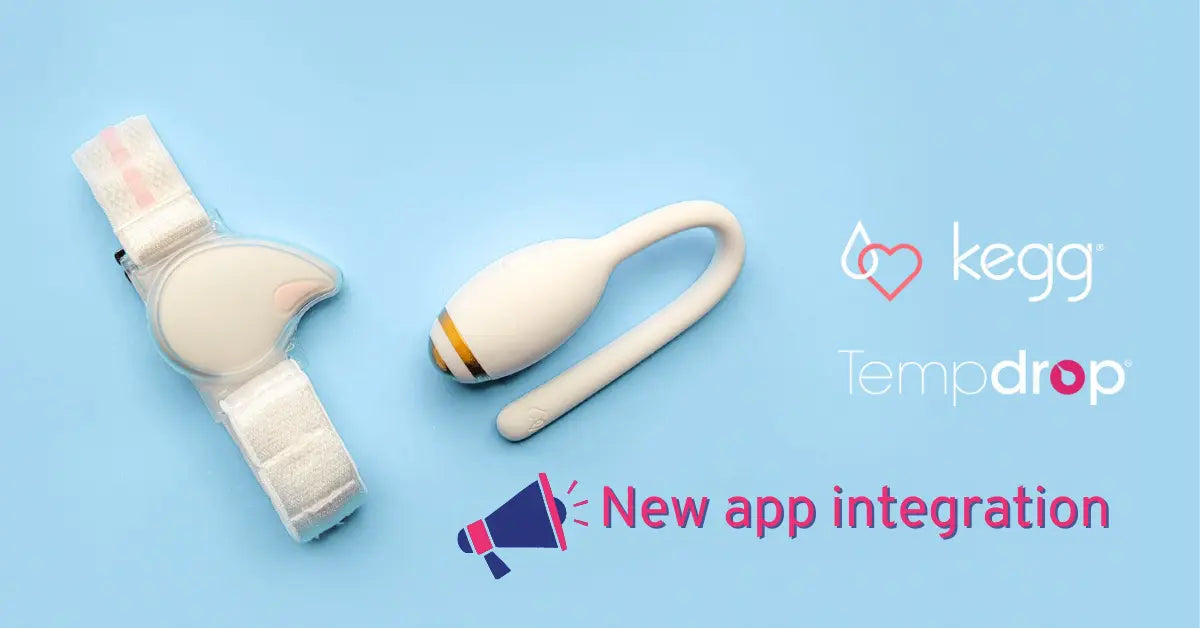Many factors can weaken the pelvic floor for women, such as pregnancy, childbirth, aging, and even weight gain. The pelvic floor muscles support the womb, bladder, and bowels, so if the muscles are weak, the pelvic organ may lower into the vagina.
But, just like how the pill is well suited for many women but can be a source of stress or even pain for others, Kegel exercises can be either greatly beneficial or potentially damaging if not done properly. Research shows that over one-third of women and men who do Kegels are actually working their abdominal, buttock, or inner thigh muscles! They don’t reap the benefits of the exercises.
So, we reached out to Dr. Rachel Gelman, a sexual health expert and Physical Therapist specialized in treating pelvic floor dysfunction. Here’s what she had to say about Kegel exercises, who they’re for, and how we should do them.
What are Kegels?
Kegels are a set of exercises that involve contracting and then relaxing the pelvic floor muscles. The pelvic floor is a powerful layer of muscles in the pelvis that supports the pelvic organs (bladder, colon, uterus or prostate).
The benefits of Kegel exercises
Contrary to popular belief, suffering from a weak pelvic floor is not an issue that comes just with aging. Surprisingly, one in three women is diagnosed with one or more pelvic floor disorders.
Regular Kegel exercises can improve pelvic floor dysfunctions, including urinary and bowel incontinence. There’s a lot of confusion out there on the benefits of Kegels, so let’s take a look at them one by one.
1. Do they improve or prevent symptoms of incontinence?
Definitely! Kegels are typically prescribed for people that have urinary and/or bowel incontinence. That is, loss of bladder or bowel control.
Have you ever peed from laughing, sneezing, or? Or passed stool or gas unexpectedly?
While these experiences can cause worry and embarrassment for some, know that they are very common among adults. Precisely, about 8.3% of US adults have bowel incontinence and 3% to 17% women experience moderate and severe urinary incontinence.
Kegels are often associated as the treatment for the symptoms listed above. However, Kegels are often over-prescribed and most people aren’t able to do them correctly with verbal instruction alone. If someone is experiencing symptoms like urinary or fecal incontinence they should consult a healthcare provider and ideally work with a pelvic floor physical therapist to determine the best treatment plan.
Many people, including those with incontinence, actually present with overactive pelvic floor muscles and need to work on relaxing the muscles vs strengthening them. If the muscles are in a guarded or hypertonic state they are already at their end range of motion and won’t be able to contract further when they need to; such as when a person needs to stop urine from coming out. So sometimes doing kegels can make symptoms worse because you are strengthening an already shortened muscle. If you’re unsure, consult your doctor or PT!
Furthermore, some people may need to work on strength while others may need to work on endurance and others may need to work on coordination of the muscles, which would require different types of kegels.
2. Do they help promote stronger orgasms?
Maybe. Some studies show that when it comes to sex, doing Kegels regularly can improve muscle coordination, increase sensation and boost blood flow to the vagina, which in turn can help you to experience stronger orgasms. All of this, in turn, can help make orgasms stronger (Oh la la!). This not only can enhance sexual pleasure for you, but during vaginal intercourse, the contraction of the pelvic floor muscles on his penis can enhance his sexual experience as well.
However, research on doing Kegels to enhance sexual function is limited. In fact, one study showed that people who did meditation and breathing had the same improvements in sexual function as those who did Kegels. So, while some studies show that Kegel exercises may improve orgasms, more research is needed.
Basic how to do Kegel exercises
- I would start slow and in a gravity eliminated position, so on their back, knees bent.
- Try to contract the pelvic floor muscles. Think about stopping the flow of urine or trying to close the opening of the vagina. Make sure you breath and avoid contracting your butt, abdominals or leg muscles. If you insert a finger vaginally or rectally you should feel the muscles squeezing your finger when you contract. If you don’t feel anything or instead you feel your muscles trying to push your finger out, that is a sign you need to work on the pelvic floor muscle coordination and should seek out a professional.
- If you feel a contraction, try to hold it for a few seconds and then fully relax before trying again
- Make sure to fully relax the pelvic floor after doing a kegel
Who is it for?
Everyone is different, so talk to a doctor or see a PT prior to starting any exercises and to determine what is the best exercise for you.
How often shall I do Kegel exercises?
Quality matters more than quantity.
Start slow, maybe do a few repetitions and see how you feel the next day. You can increase the number of repetitions. Remember the important thing is to do a kegel correctly.
Bottom-line: Doing Kegel exercises may help improve incontinence issues and may improve sexual health, but if you are not sure if you are doing kegels correctly or you have issues with your bowel, bladder, or pelvic pain, see a specialist to determine if kegels are appropriate and to see what types one should be doing.
Contributed by
Dr. Rachel Gelman is a clinician, writer, and educator with a Doctorate in Physical Therapy from Samuel Merritt University. She is the owner of Pelvic Wellness & Physical Therapy, a private practice specializing in pelvic floor rehabilitation. She specializes in treating pelvic floor dysfunction and is passionate about sexual health/dysfunction. She is a member of the International Pelvic Pain Society, the International Society for the Study on Women’s Sexual Health, the Sexual Medicine Association of North America, and the International Society for the Study on Sexual Medicine, Dr. Gelman is also an adjunct instructor at Samuel Merritt University where she teaches the pelvic health curriculum in the Doctor of Physical Therapy program.




